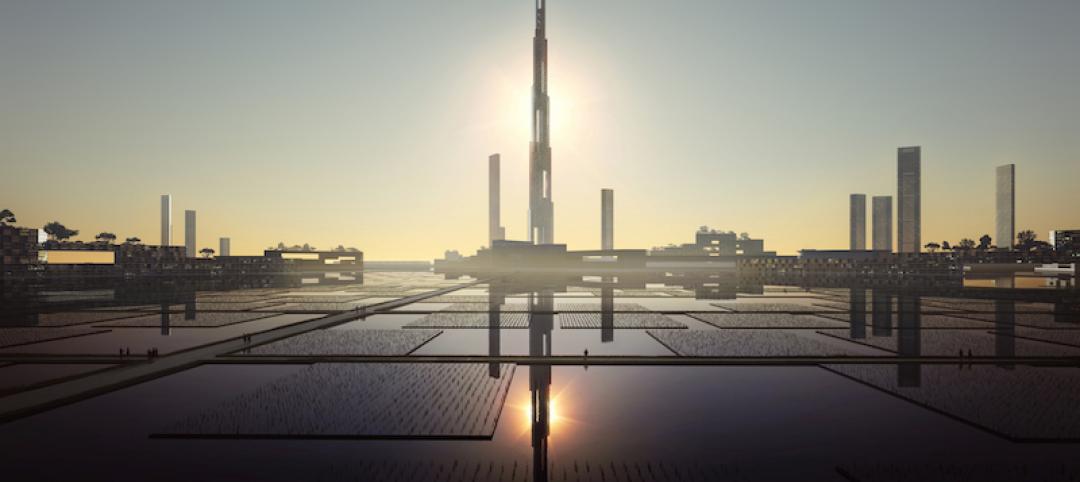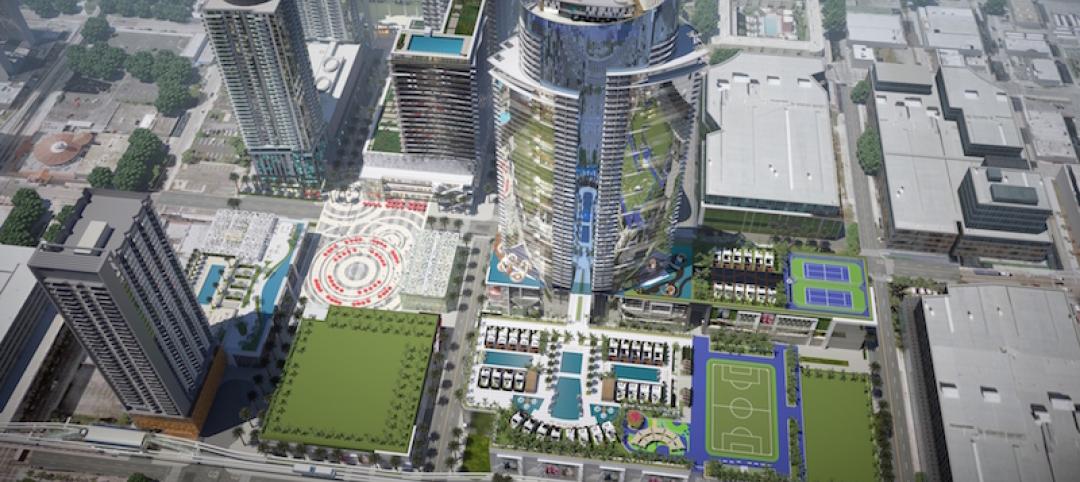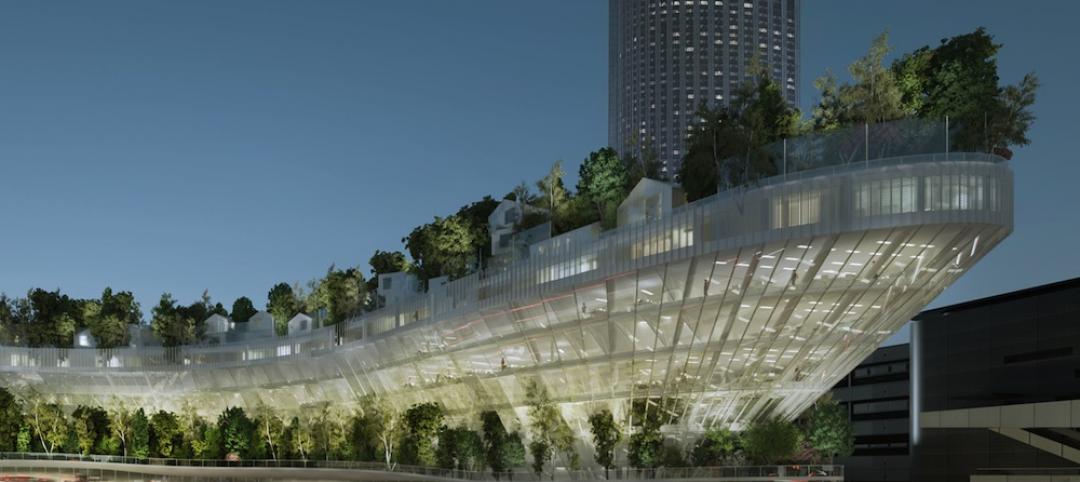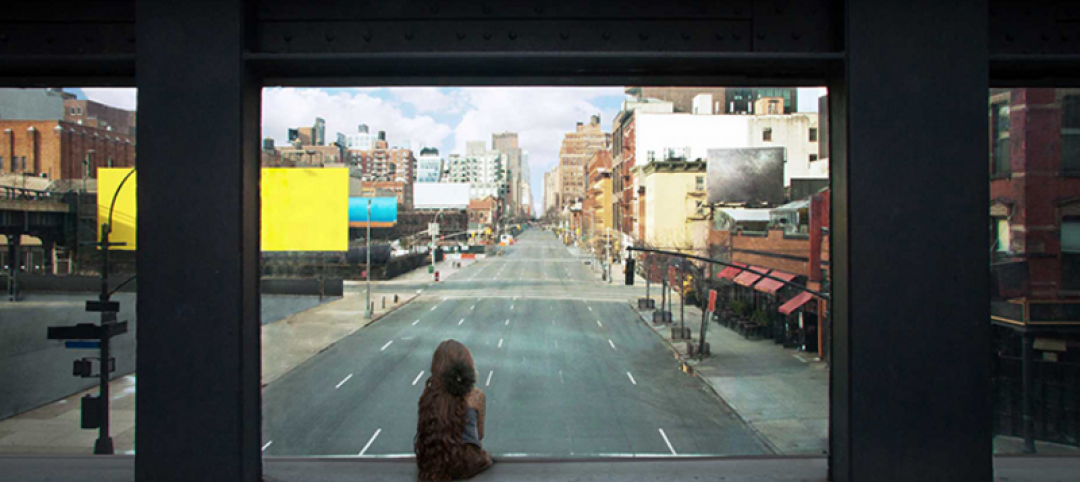New York City is installing its first large-scale porous pavement installation along seven miles of roadway in Brooklyn.
The project will keep 35 million gallons of stormwater out of the combined sewer system each year, according to a news release. Porous pavement will be installed along the curb line of streets, where stormwater typically drains towards a catch basin on the corner. The pavement can withstand the weight of motor vehicles, including trucks. New York has piloted the use of several different types of porous pavement for a few years in different boroughs, but this is the first large-scale implementation.
“Climate change is bringing with it rainstorms that can overwhelm our sewers and cause flooding across the five boroughs, which is why we are investing in tools that will divert rainwater away from the sewer system, such as porous pavement,” said New York City Department of Environmental Protection Commissioner Rohit T. Aggarwala. “Brooklyn got hit particularly hard by Tropical Storm Ophelia last September and this new porous pavement will help to ease pressure on the sewer system and protect residents during future storms.”
Over the last decade, the city has built the nation’s largest Green Infrastructure Program, the release says. Green Infrastructure intercepts stormwater before it can drain into sewers, thereby preserving some capacity in the system and helping to prevent, or reduce, flooding, backups, and overflows. Green infrastructure includes porous pavement, curbside rain gardens, permeable pavers, green or blue roofs, and underground storage. To date the city has built more than 13,000 green infrastructure installations, including more than 9,000 curbside rain gardens.
Related Stories
Urban Planning | Apr 19, 2016
MVRDV wants to turn a former US Army barracks in Germany into a model for the future of suburban living
Blending traditional families with young couples and the newly retired, MVRDV hopes to transform traditional suburbs into diverse communities of shared experiences
High-rise Construction | Mar 10, 2016
Bigger, taller, wider: London’s skyline is about to have a major growth spurt
More than 100 tall buildings have been added to the plans for the capital city since this time last year, and the overall number of tall buildings planned for London is now over 400.
High-rise Construction | Feb 25, 2016
Kohn Pedersen Fox wants to build a mile-high tower in Tokyo
The tower would be the centerpiece of Next Tokyo, a mini city in Tokyo Bay adapted to climate change and rising tides.
Mixed-Use | Feb 18, 2016
New renderings unveiled for Miami Worldcenter master plan
The ‘High Street’ retail promenade and plaza is one of the largest private master-planned projects in the U.S. and is set to break ground in early March.
Green | Feb 18, 2016
Best laid plans: Masdar City’s dreams of being the first net-zero city may have disappeared
The $22 billion experiment, to this point, has produced less than stellar results.
Urban Planning | Feb 9, 2016
Winners named in 'reinventing Paris' competition
Architects submitted projects that redeveloped key parts of the city and incorporated green space features.
Urban Planning | Feb 2, 2016
Report identifies 600 cities that will drive economic growth through 2025
Of them, 440 are in emerging economies in China, South Asia, and Southeast Asia.
Urban Planning | Jan 21, 2016
Anders Berensson Architects re-imagines Stockholm as a city of skywalks
The Swedish firm’s "Klarastaden" plan connects the city via clear skyways that weave in and around the city’s buildings.
Urban Planning | Jan 19, 2016
Cities are booming, but do they have what it takes to sustain growth?
While cities are creating new jobs and attracting new residents, there are warning signs that suggest this current urban boom lacks the necessary sustainability that comes with focusing on the macro issues of community, affordibility, and displacement, writes Gensler’s Peter Weingarten.
Urban Planning | Jan 4, 2016
The next boomtown? Construction and redevelopment sizzle in San Diego
The city's emission-reduction plan could drive influx into downtown
















